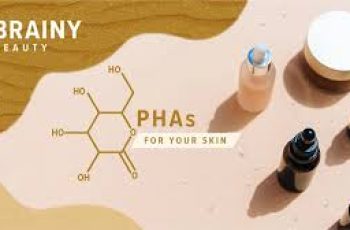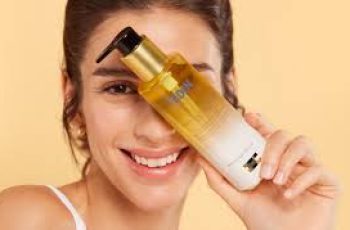
Can I use a salicylic acid cleanser with lactic acid?
When it comes to skincare formulas, you have undoubtedly heard of the terms AHA and BHA. Over the past few years, our knowledge and love of these chemical peels has taken over the beauty world, and now it is difficult to imagine a skincare routine without at least one acid.
Now, if you want to learn more about what AHAs and BHAs are and what benefits they bring to the skin, you can read our blog post. In today’s blog post, we will take a look together at whether you can use a salicylic acid cleanser with lactic acid.
What not to mix with lactic acid?
If you use lactic acid, it is best not to apply it to the skin together with vitamin C. The reason for this is that the pH level of each ingredient is low, as they are both acidic. When layering products, it is important to remember that the effective combination of ingredients depends on the complementary pH levels. However, a reasonable skincare routine should actually contain both vitamin C and lactic acid. If you want to use both at the same time, I recommend using a serum enriched with vitamin C in the morning. The antioxidants in the formula help fight free radical damage, such as from UV radiation, pollution, and environmental influences. You can use lactic acid supplements in your nighttime routine to remove impurities, dirt, bacteria, and dead skin cells that build up on your skin.
Should I use a cleanser with salicylic acid?
Yes and no, it depends a lot on your skin type. Those with oily or blemish-prone skin can incorporate salicylic acid into their daily regimen without causing irritation. For the most effective formula, face washes and cleansers should contain between 0.5% and 2%. This active salicylic acid content penetrates the lower layers of the skin and deep into the pores to remove excess sebum, impurities, dirt, and bacteria.
The benefit of using a cleanser with salicylic acid is that it rinses off the skin. This means that the potent acid does not remain on the skin and cause dryness and irritation.
Can I use a cleanser with salicylic acid and AHA?
Yes, but be careful. If you have dry skin that tends to be sensitive, you should avoid over-exfoliating your skin when using salicylic acid and other fruit acids like lactic acid to avoid over-exfoliating your skin.
If you have combination or oily skin, a blend of acids may be your secret to clear skin. Since lactic acid is one of the gentlest AHAs, it won’t penetrate too deeply into the skin to cause irritation. It also has the unique advantage of drawing water to the skin’s surface and locking it there, keeping the barrier fully functioning and at its healthiest. In order to use both ingredients in your daily routine and reap the benefits, it’s important to allow about 15 minutes between applications. This is generally considered the correct application time to allow the skin’s pH to rebalance.
Is it OK to drink lactic acid every day?
It is not recommended to use large amounts of lactic acid every day. However, lower percentages in rinse-off formulas such as face washes, cleansers, and exfoliating toners are considered sufficient to effectively cleanse the skin with minimal side effects. Even if you find that your skin is fairly strong and you’re used to using acids in your daily routine, you should immediately stop using the product and consult a doctor or healthcare professional if even the slightest redness, dryness, irritation, or peeling of the skin occurs. For more information, see the dedicated blog post on lactic acid on the Skin School blog.
Is it OK to use salicylic acid every day?
Only use salicylic acid daily if you are sure your skin can tolerate regular use. Since this BHA is one of the most effective chemical peels, I recommend using it three times a week at first. If there are no signs of irritation, hot flashes, redness, or dryness, you can use it more frequently if necessary. If you have any concerns or questions about using salicylic acid, consult your primary care physician to better understand and ensure your skin can tolerate regular use of salicylic acid. If you want to learn more about salicylic acid, you can read a dedicated blog post about all its benefits.
Can I use lactic acid every night?
Yes, it is widely believed that using chemical peels at night is the best way to get the full benefits. Because while you sleep, the acid can work on the surface of the skin to remove impurities and deposits without having to fight free radical damage and the effects of UV rays and pollution.
If you use lactic acid at night, I recommend combining it with a serum rich in hyaluronic acid. This provides the ultimate hydration boost to the skin and ensures that the protective barrier is filled with the right levels of water and oil.
Can I use lactic acid on acne?
Yes, you can. While salicylic acid is considered the most effective ingredient for fighting acne, lactic acid is a great alternative for those with dry but not pristine skin. Lactic acid gently removes bacteria and dead skin cells from the skin that can cause breakouts and acne.
Now that you know, hopefully I’ve cleared up some of your confusion about whether or not you can use a salicylic cleanser with lactic acid. Follow us on Instagram for new product launches, discounts, and skin expert tips!


